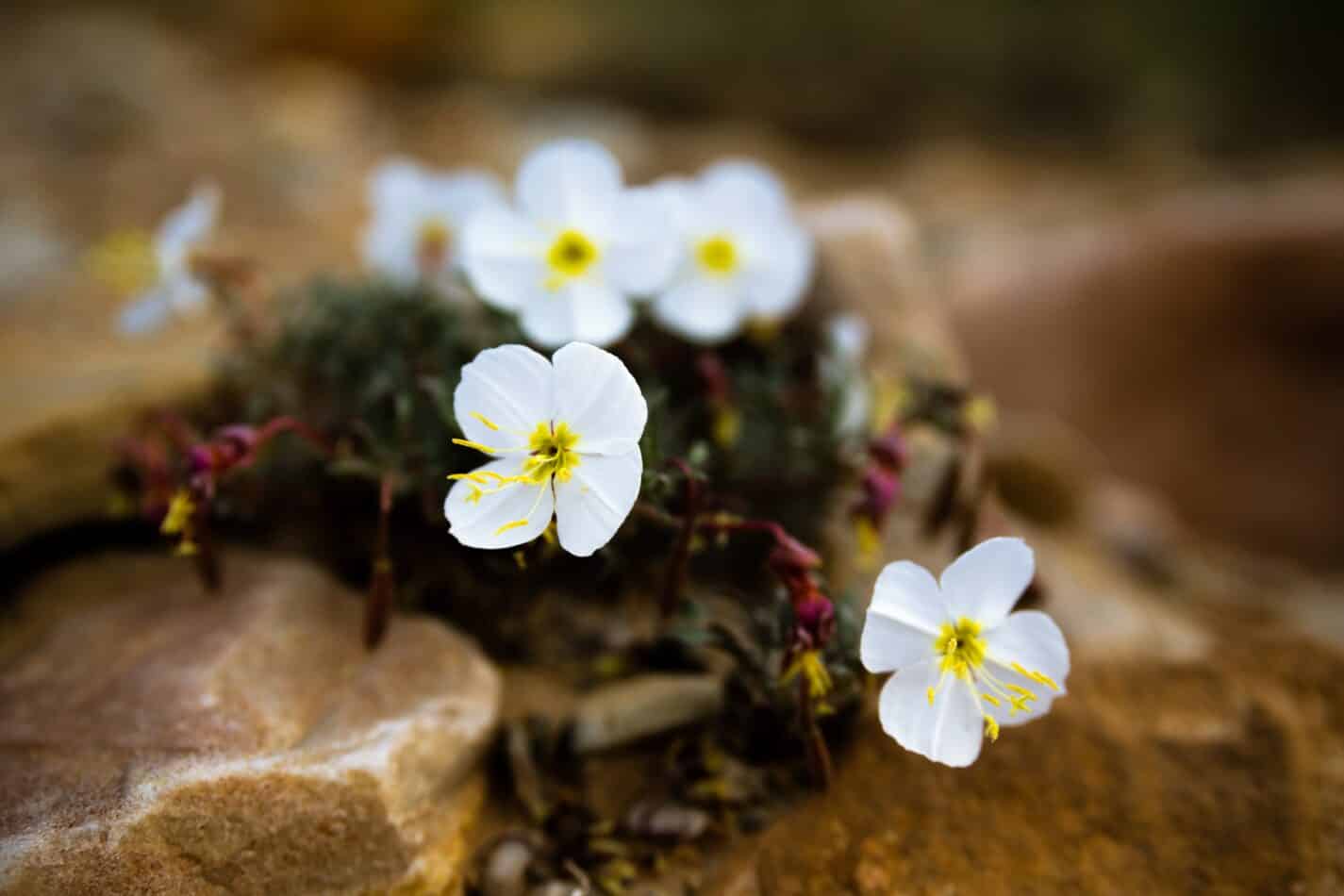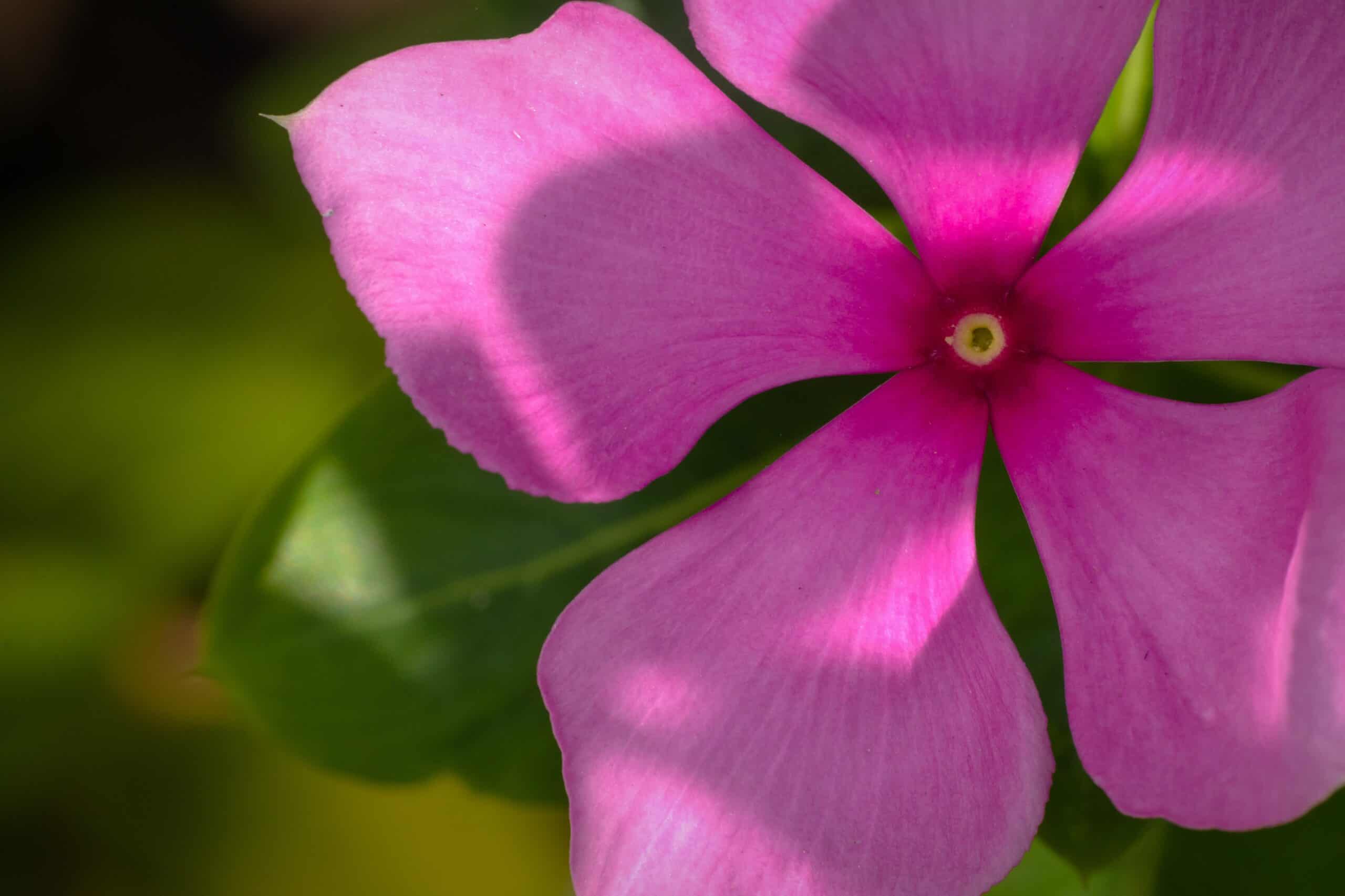Coral Bells, commonly known as Alumroot, are native to North America and thrive in light shade. Heuchera is a genus of semi-evergreen perennials that produce delicate stems of tiny bell-shaped flowers. The foliage is typically purple-bronze in color, leaving a winter interest long after the blooms disappear. These flowers are great for shade gardens, and they make an excellent ground cover.
Etymology
The name Heuchera is derived from the late 18th century German doctor, Johann Heinrich von Heucher. The genus is composed of the threefold members of saxifrage plants and closely related members of the Saxifragaceae family. The generic name coral bells came from the coral-red color of the flowers of some plants in this genus.
Meaning and Symbolism
Heuchera has a long standing symbolism and meaning as a flower. Coral Bells have often been thought to represent modesty, charm, joy, and happiness. They are also known to be a symbol of protection due to their ability to thrive in the shade.
History, Mythology, and Religious Significance
Coral Bells are very closely related to the Saxifrage flower which was sacred to the goddess Venus. It has been used as a healing herb since ancient times and was once used as a charm against evil. In the Bible, it is mentioned as one of the herbs in the Garden of Eden. Heuchera has also been used historically in the wedding ceremonies of indigenous peoples in North America, as the flower is seen to bring luck and joy to the couple who exchange it.
Flower Varieties and Defining Characteristics
There are about fifty species of Heuchera and many different varieties to choose from. Some of the most popular varieties are Heuchera americana (American Alumroot), Heuchera Champagne (Chocolate-Leaved Alumroot) and Heuchera Sanguinea (Coral Bells). All of these varieties have delicate stems of small bell-shaped flowers and highly variegated foliage in shades of purple, bronze and other colors.
How to Plant Heuchera
Heuchera can be planted in any well-draining soil and prefers a slightly acidic soil. They prefer locations with light shade and some shade while they bloom. For best results, they need to be watered regularly during the active growing season. During the winter, they should be watered moderately, or not at all. Fertilizing should be done moderately in the spring before the main growing season.
How to Pot and Repot Heuchera
To correctly pot and repot Heuchera, select a well-draining potting mix that contains 50% potting soil, 40% compost, and 10% sand. Place the Heuchera inside the pot, then place the pot in a shaded area. Water the pot thoroughly to make sure the roots are kept moist. When repotting, use a pot that is slightly bigger than the current pot and use fresh potting soil. Make sure to water thoroughly and place in shade afterwards.
How to Prune Heuchera
Heuchera should only be pruned when the flower foliage has completely died off and the leaves turn yellow. Then, use sterilized pruning shears to carefully remove dead foliage. In addition, any brown or overgrown stems or leaves should be trimmed away as well as any overcrowded areas. Pruning should only be done in the spring and then again in the fall.
How to Propagate Heuchera
Heuchera can be propagated through the use of stem cuttings or by division of the clumps. To propagate through stem cuttings, take a 4 to 6-inch cutting from an actively growing stem. Dip the stem in rooting hormone and place it in moist potting soil. Cover the stem with plastic and keep it in a warm place. To propagate by division, carefully remove the clumps from the pot and use a spade or fork to separate them into two or three smaller clumps. After dividing, repot the separate clumps into new pots.
Common Pests and Diseases
Heuchera is generally resistant to most common pests and diseases. However, it is still important to watch for signs of pest infestations and powdery mildew. One common pest is the Scale insect which is a small, brown bug that feeds on sap from the leaves and stems. To control this pest, use an insecticidal soap and keep an eye out for infested areas. Powdery mildew is a fungus caused by too much moisture and can be treated using a fungicide.
Three Frequently Asked Questions About Heuchera
1. What are the best conditions for Heuchera?
Heuchera thrive in light shade and they like slightly acidic soil. They need to be watered regularly during the active growing season and should be moderately watered during the winter.
2. How much sun should Heuchera get?
Heuchera does best in light shade and does not need much sun. It is best to place Heuchera in an area that receives no more than a half day of direct sun.
3. Can Heuchera be propagated?
Yes, Heuchera can be propagated through stem cuttings and clump divisions. To propagate through stem cuttings, take a 4-6 inch cutting from an actively growing stem. To propagate by division, use a spade or fork to separate clumps into two or three small clumps and repot each clump into a new pot.
Table Fact Sheet for Heuchera
| Name | Type | Size | Sun Exposure | Soil Type | Soil pH | Bloom Time | Flower Color | Hardiness Zones | Native Area |
|---|---|---|---|---|---|---|---|---|---|
| Coral Bells | Perennials | 6-24 inches | Light Shade | Well Draining | Slightly Acidic | Spring-Summer | Coral-Red | 3-9 | North America |
| Heuchera | Perennial | 6-18 inches | Light Shade-Part Shade | Well Draining | Slightly Acidic | Spring-Summer | Purple-White-Pink | 3-8 | North America |
What we love from Amazon this week
Buy these wonderful flowers directly from Amazon:















